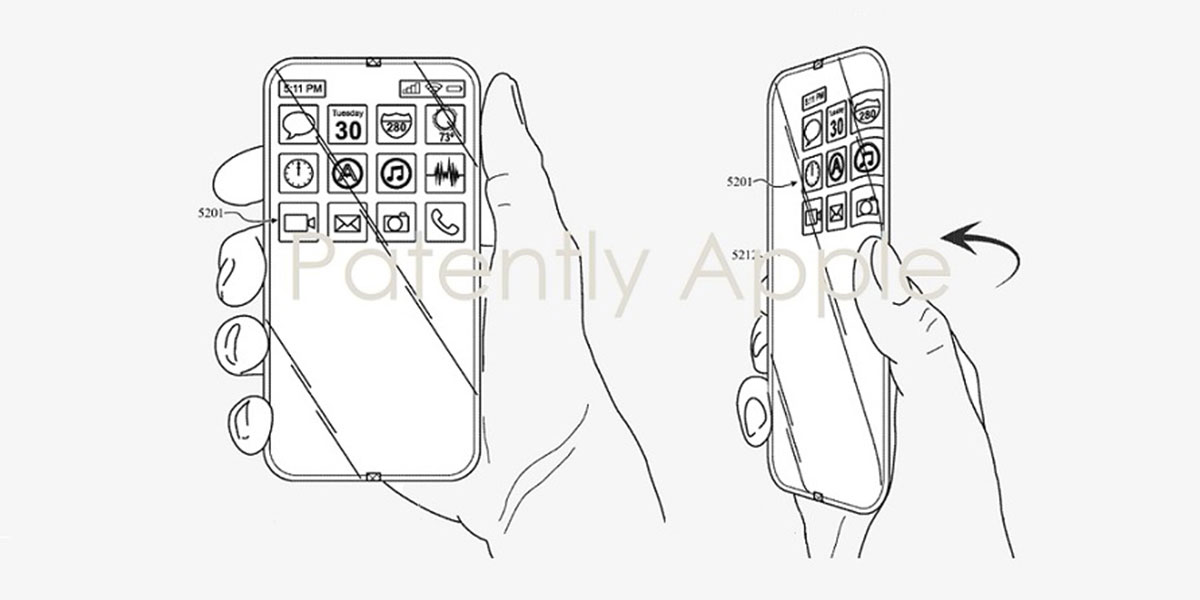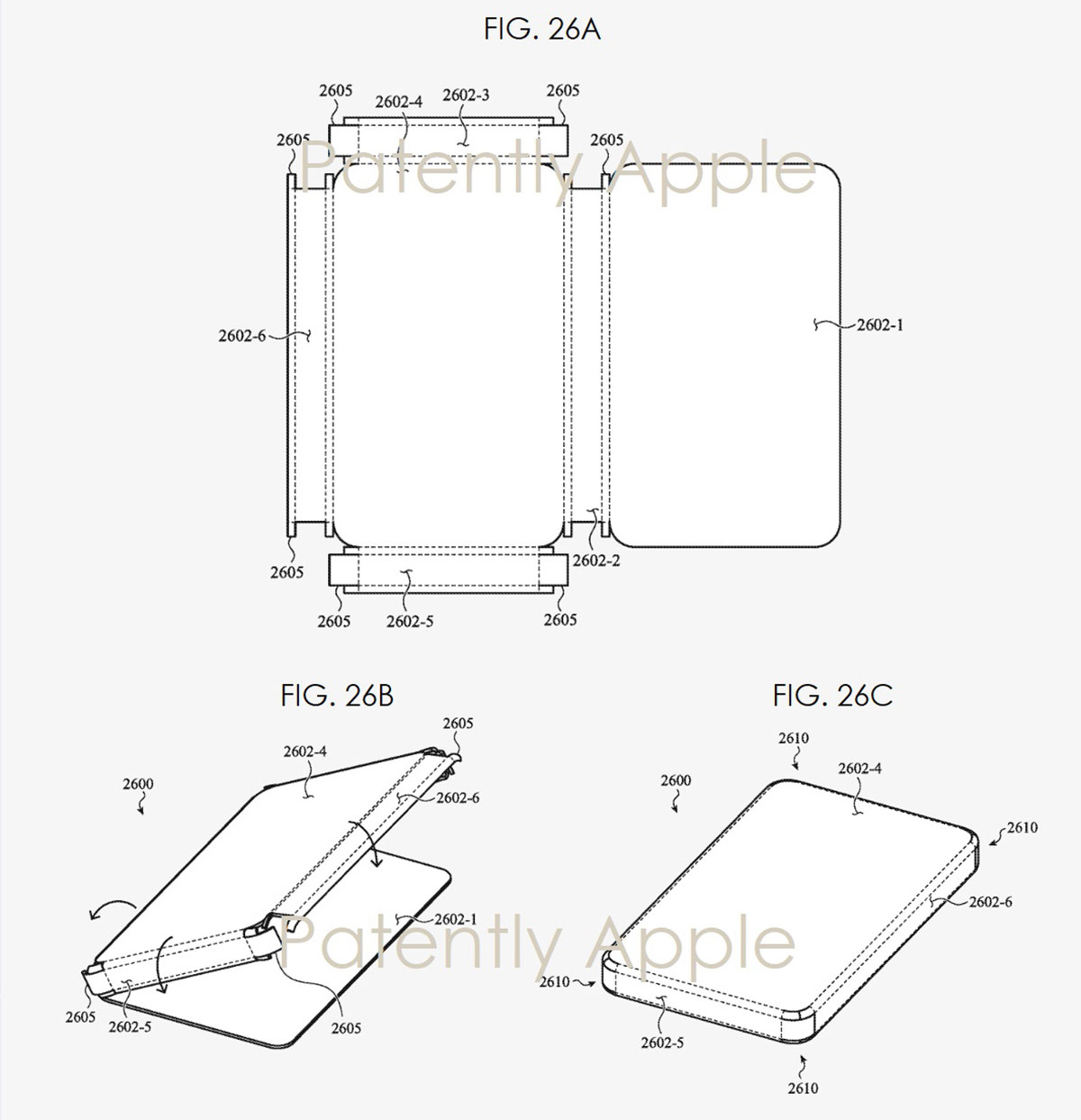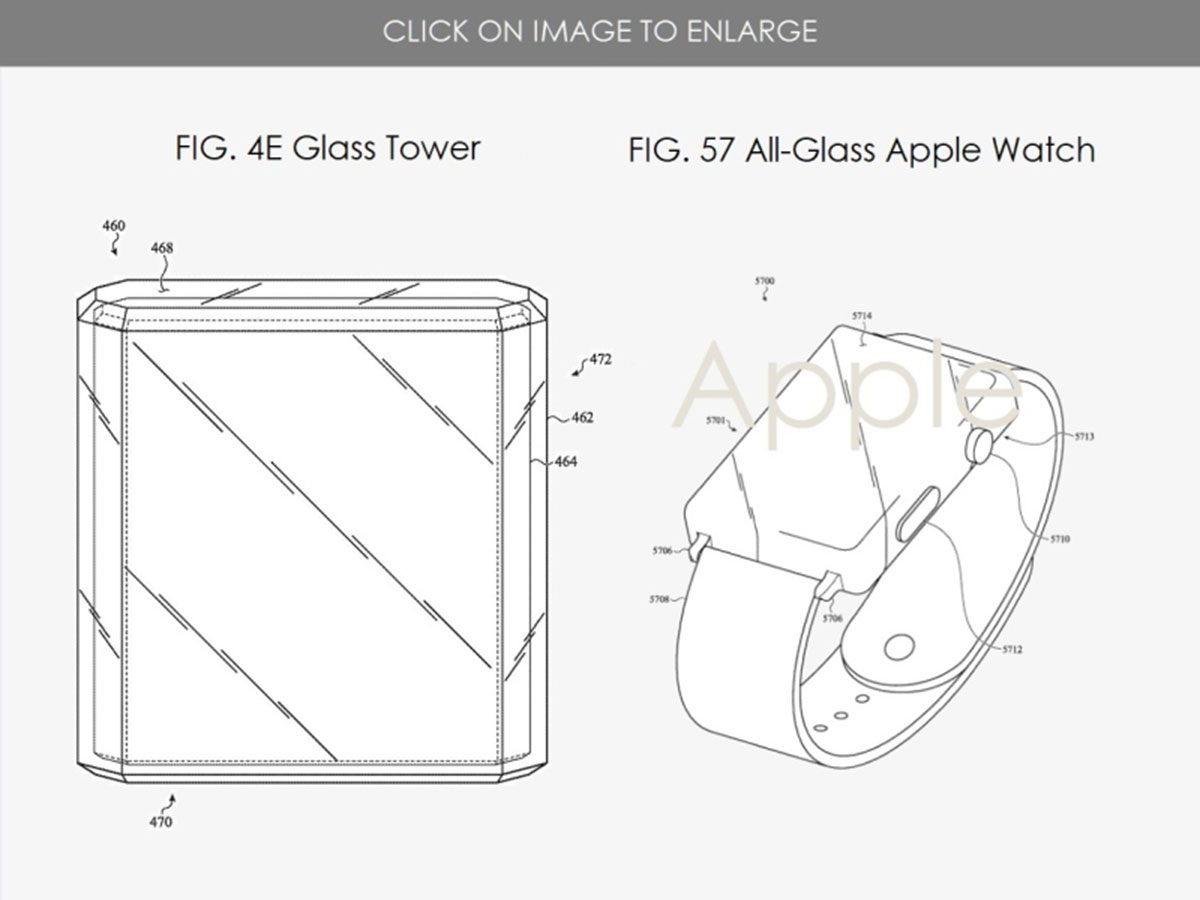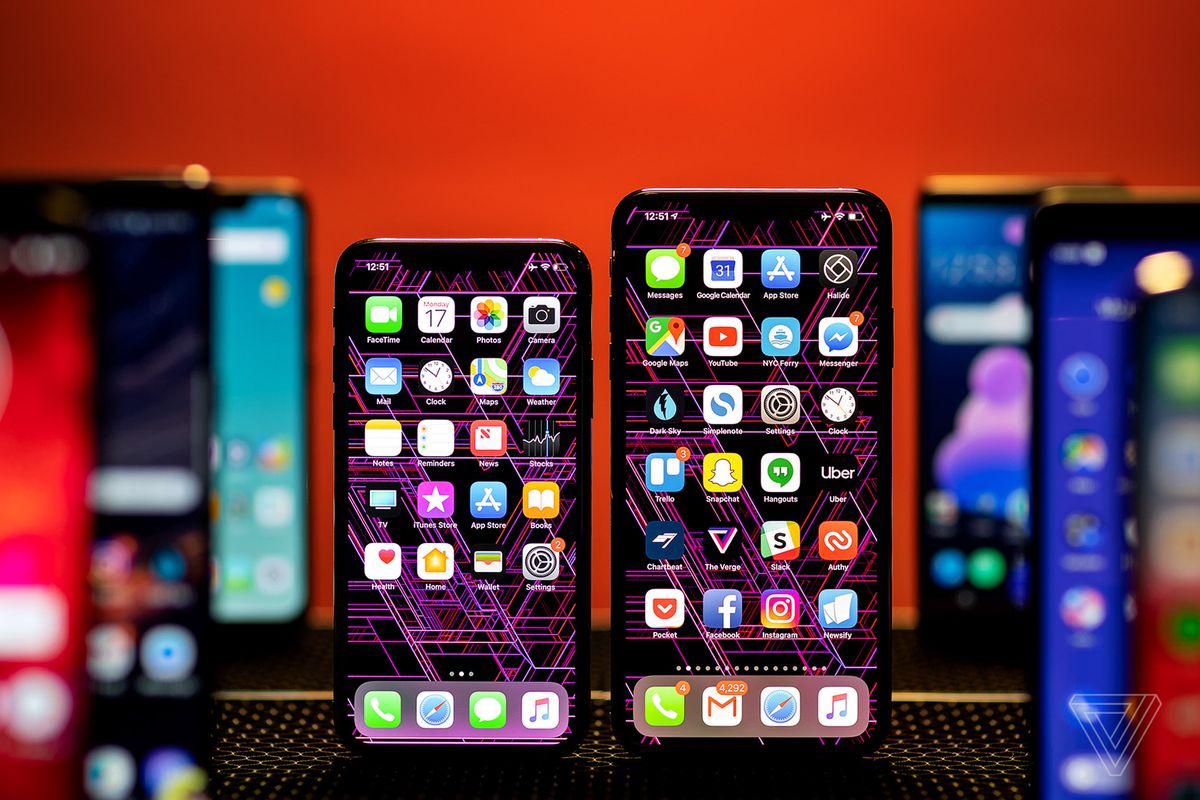The Patents of Apple iPhone, Mac Pro and Apple Watch have been released
Recently, a patent was issued by Apple, which shows that the company is considering the development of iPhone, Mac Pro, and even Apple Watch glass.
Introduction
Apple is famously secretive, but like all companies, it has to issue a list of patents to the USPTO (United States Patent & Trademark Office) and these provide hints at future and upcoming projects.
Apple is known for its patents, which are detailed but often try to disguise product plans with in-depth technicality. In addition to protecting the company’s current product line-up from sneaky copycats, many of those Apple patents outline fascinating technologies that the company is working on or is interested in and show the direction its products could take in the future.
Apple believes that the future of electronics will be full of all-glass devices, which is why it has been about 8 years now that various patents have been issued by this company that shows different designs. Recently, another patent was released by the Cupertino technology giant, which shows the iPhone, Mac Pro, and even the Apple Watch all glass.

How to use it?
This technology means that you could place your finger on the display to scan it, instead of the Home Button. We’re not sure if this technology was an original variation to the Home Button scanner found on the iPhone 5S, or if it’ll be combined with the Haptics & Tactile technology to remove the Home Button in the future iPhone and replace it with a virtual on-screen button.
The patent describes a touchscreen display with a fingerprint-sensing layer that could be used to introduce advanced multi-user support.
For example, Apple could use the fingerprint sensing display to only allow particular users to open certain apps. This could be useful for those with children who like to explore the iPad, for example.
Additionally, Apple could take the display even further. It could be used in conjunction with a piano app, for example, to teach users the correct finger placement for the instrument.
How to design?
Of the three devices, the most interesting is the iPhone because it has a six-way glass case and at least the front and back of the smartphone have a real screen. We may even see screens at the edges. Overall, the published designs show a device that is not unlike the Xiaomi Alpha Mix.
This design is great for displaying content on several levels. For example, consider a panoramic image that starts at the front panel and extends to the back of the device on the second display.

The patent explains how glass may be curved, tapered, and overlapped to create an all-glass enclosure, featuring accommodations for components such as speakers and microphones. Apple also suggests that some of the glass surfaces may feature different textures to differentiate them from nearby input regions.
Apple outlined various implementations for allowing access to the device’s internals, presumably for manufacturing and repairs, such as by removing a window or what Apple calls a “cap” section. This would allow internal components to be slid out in a way that is similar to the latest Apple TV’s Siri Remote.
Another use of such a design is to drag icons on different surfaces


What’s the resistance of these glass machines?
However, you may have been asked what resistance those glass jars have made! Apple seems to be aware of this, so the chamber covers its devices with thick walls. The company says the chambers can have variable-thickness walls to see increased strength, resistance to crack, and other physical damage.
Variable thickness can also increase flexibility in some parts of the machine. It is unlikely that the next generation, or even the next generation, would have such technology. And the last thing is, if Apple succeeds in doing this in the near future, there’ll be a revolution in the intelligent device industry. Are you interested in buying smartphones if one-day intelligent companies are able to produce bulk smartphones or glass computers?
And in the following let’s Acquaint with some Apple iPhone patents: iPhone camera patents
Some Apple iPhone patents: iPhone camera patents
- Apple iPhone camera patents: Disable camera functionality at concerts
- Apple iPhone camera patents: Light Splitter
- iPhone camera patents: ‘Super-resolution’ photos
- Apple iPhone camera patents: 3D photographs
- iPhone camera patents: Interchangeable camera lenses
- Apple iPhone camera patents: Refocusable photographs
Apple iPhone camera patents: Disable camera functionality at concerts
While many patents look to improve the overall iPhone experience. And some may not be happy about what Apple’s latest patent entails. Modern-day concert goers know the scene too well; your favorite band is performing on-stage at the concert but instead of looking around and seeing excited faces, you see a sea of smartphones and tablets recording the experience. Most do it just to show their friends that they were there. And will probably never watch those videos back, and it can be disheartening for artists.
Apple iPhone camera patents: Light Splitter
Lucky iPhone owners of the future may get their hands on a feature currently offered only by premium video cameras.
In March 2015 Apple was granted a patent for a “digital camera with light splitter”. Its project is to create a light splitter system (which for now exists only in a high-end video camera) small enough to fit in an iPhone.
If you’re not a camera expert, you might be thinking, “What’s a light splitter system?” In essence, it consists of a cube that splits received light into three colors: red, green, and blue. The cube provides three image sensors, each of which receives one color component.
Apple iPhone camera patents: ‘Super-resolution’ photos
Apple seems to be keen to improve the camera capabilities of its iOS devices. And one patent published by USPTO in May 2014 suggests we could soon see iPhones. They are able to capture “Super-resolution” photos thanks to optical image stabilization, which is already a feature of the iPhone 6 Plus.
The patent describes a system that takes a series of slightly differently angled photographs. And then stitches them together to create a higher resolution (or super-resolution, as Apple calls it) photograph.
Apple iPhone camera patents: 3D photographs
iPhones could also soon be able to capture images that appear to be 3D.
In August 2015 Apple was granted a patent that suggests that the company has invented a multispectral imaging process. The system consists of a device built into the iPhone camera that would produce infrared radiation, cast onto the relevant area. An infrared image, reproducing the captured scene in 3D, would then be obtained.
Adding to these hints, Apple recently bought PrimeSense and LiNX Imaging, two forerunners of the 3D photography revolutions. The Cupertino company seems very interested in getting 3D cameras in its phones.
Apple iPhone camera patents: Interchangeable camera lenses
Apple is also investigating the possibility of making interchangeable iPhone camera lenses.
In January 2014, the company issues two patents that describe methods of attaching lenses. And camera modules to devices such as the iPhone and iPad.
The first patent, titled “Back panel for a portable electronic device with different camera lens options” does pretty much what it says on the tin. It describes a portable electronic device, namely an iPhone. That has a removable case that would allow camera attachments such as wide-angle or fisheye.
Apple iPhone camera patents: Refocusable photographs
A patent published by the USPTO in November 2013 reveals that Apple is interested in technology. That will allow users to refocus a photograph after it’s been taken. Such technology is already used in the Lytro camera, with which you can take a photograph. And later choose how you want that photo to be focused.
Some of Apple’s rivals including the HTC One M8 have camera features. That allows you to achieve similar results, so it’s certainly a potential feature for the next iPhone.

